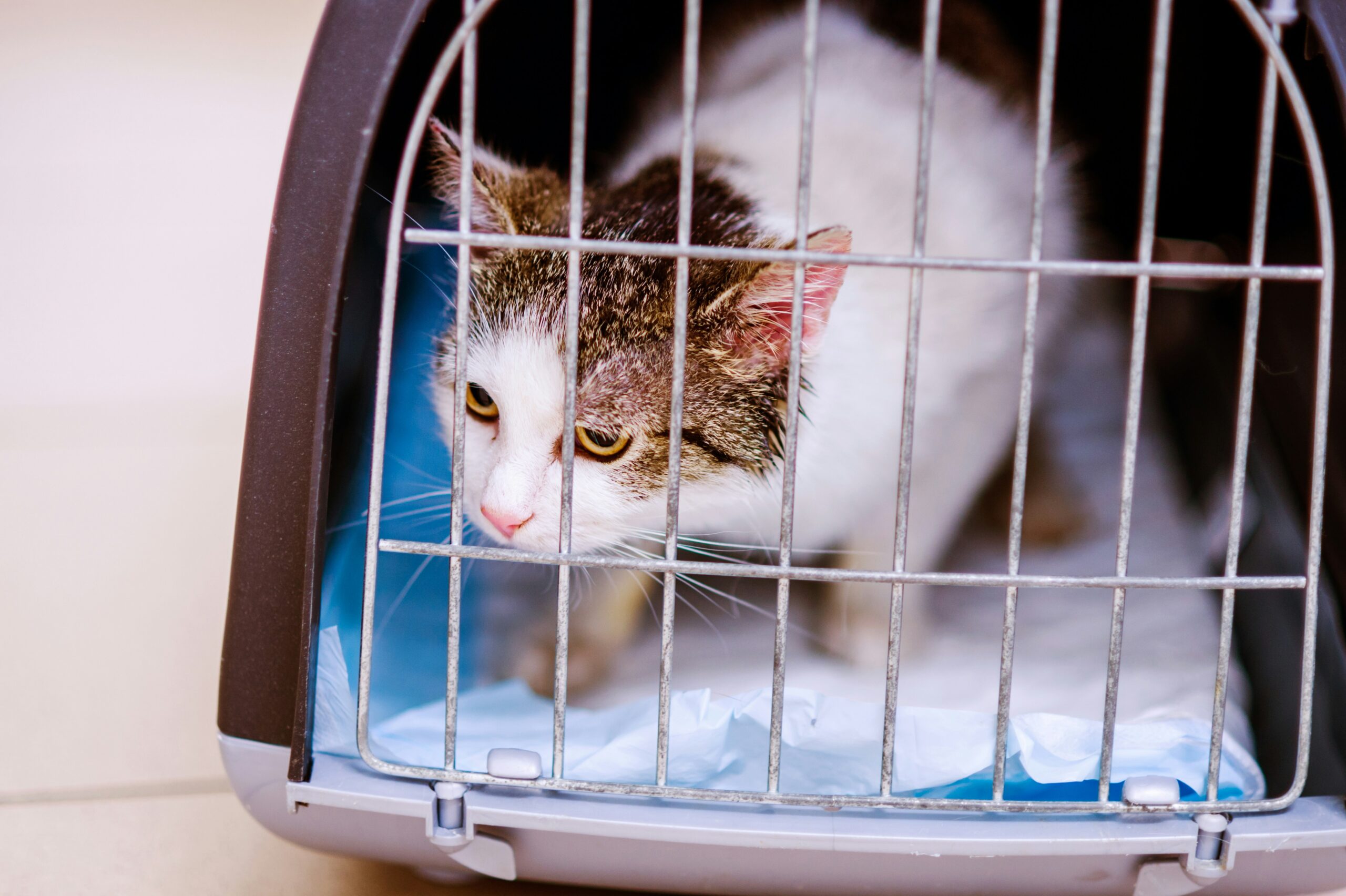Caring for our feline companions involves more than just providing food and a cozy bed. Regular veterinary check-ups are essential for ensuring their overall well-being and catching potential health issues early. However, many cat owners can attest to the challenges of getting their furry friends to the veterinarian. Feline anxiety, fear, and stress often come into play, turning what should be a routine visit into a harrowing experience. In this guide, we’ll explore practical strategies to reduce stress and make veterinary visits more comfortable for both you and your cat.
Understanding Feline Anxiety
Cats are known for their independent and territorial nature, making them sensitive to changes in their environment. A trip to the veterinarian disrupts their routine and introduces them to unfamiliar sights, smells, and sounds. The stress associated with vet visits can manifest in various ways, including hiding, hissing, or even aggressive behavior.
To address this, it’s crucial to recognize the signs of feline anxiety and work towards creating a positive association with their veterinary experience. By understanding your cat’s behavior, you can implement strategies to alleviate stress and make the entire process more manageable.
Create a Positive Association
Start by making your cat associate the carrier with positive experiences. Place the carrier in a common area, open the door, and add a cozy blanket, toys, or treats inside. Allow your cat to explore the carrier freely, making it a familiar and comfortable space. Reinforce positive behaviors with treats and praise, gradually building a positive association with the carrier.
Additionally, consider leaving the carrier out between veterinary visits to normalize its presence. Cats are more likely to feel at ease with something they are familiar with, reducing the stress associated with being confined in an unfamiliar space.
Familiarize Your Cat with the Car
For many cats, the car ride to the veterinarian is as stressful as the visit itself. To ease this anxiety, gradually introduce your cat to the car in a positive way. Start by sitting with your cat in the stationary car, offering treats and affection. Gradually progress to short drives around the block, ensuring each experience is associated with positive reinforcement.
The Center for Pet Safety recommends that the carrier be belted into the backseat only if they have been crashed tested. All others should be placed on the floor of the back seat.
Invest in a Comfortable Carrier
The best carriers are inexpensive hard sided carriers that open from the top and the front and can also be taken apart in the middle. An easily removable top allows a cat which is fearful, anxious or in pain to stay in the bottom half of the carrier for exams. Your veterinarian can often do the exam in the bottom of a well-designed carrier. Avoid carriers that require a cat to be pulled from or dumped out for an exam. Choose carriers that are sturdy, secure, and stable for the cat, as well as easy for you to carry.
Line the carrier with familiar bedding or clothing to provide a comforting scent. Additionally, some cats like to see out, whereas others are less anxious when the carrier is covered with a blanket or towel to prevent seeing unfamiliar surroundings. Investing in the right carrier can significantly contribute to your cat’s overall comfort during their visit to the vet.
Choose a Cat-Friendly Veterinary Clinic
Not all veterinary clinics are created equal when it comes to feline friendliness. Look for a clinic that is a Certified Cat Friendly Practice®. When you visit a Cat Friendly Practice® you can expect the veterinary team to:
- Understand the unique needs and behaviors of cats.
- Have a feline-friendly environment and make veterinary visits more cat friendly.
- Understand how to approach and handle cats in a gentle, empathetic, and caring manner.
- Have the appropriate equipment and facilities needed to diagnose and treat feline patients.
- Meet specific standards for the facility and care of hospitalized cats.
Cat Friendly Practices® take extra steps to provide the best care and experience for you and your cat.
Consider Feline Pheromones
Feline pheromones are chemical substances that cats release to communicate with each other. Synthetic versions of these pheromones are available in the form of sprays, wipes, or diffusers and can be useful in creating a calm environment for your cat. Using these products in the carrier, car, and veterinary waiting room can help alleviate stress and anxiety.
Discuss Sedation Options with Your Veterinarian
For some cats, despite your best efforts, the stress of a veterinary visit may still be overwhelming. In such cases, discuss sedation options with your veterinarian. Sedatives can be administered before the appointment to help keep your cat calm and relaxed. However, it’s crucial to follow your veterinarian’s recommendations closely and only use sedation under their guidance.
Regular veterinary check-ups are essential for maintaining the health and well-being of your feline companion. By taking proactive steps to reduce stress and anxiety associated with veterinary visits, you can ensure a more positive experience for both you and your cat. From creating positive associations with the carrier to choosing a cat-friendly clinic, these strategies can transform vet visits from a dreaded event into a manageable and stress-free part of your cat’s routine. Remember, a little extra effort in preparing for veterinary visits can go a long way in ensuring your cat lives a happy and healthy life.
If you have any questions regarding your pet, please feel free to contact us!

